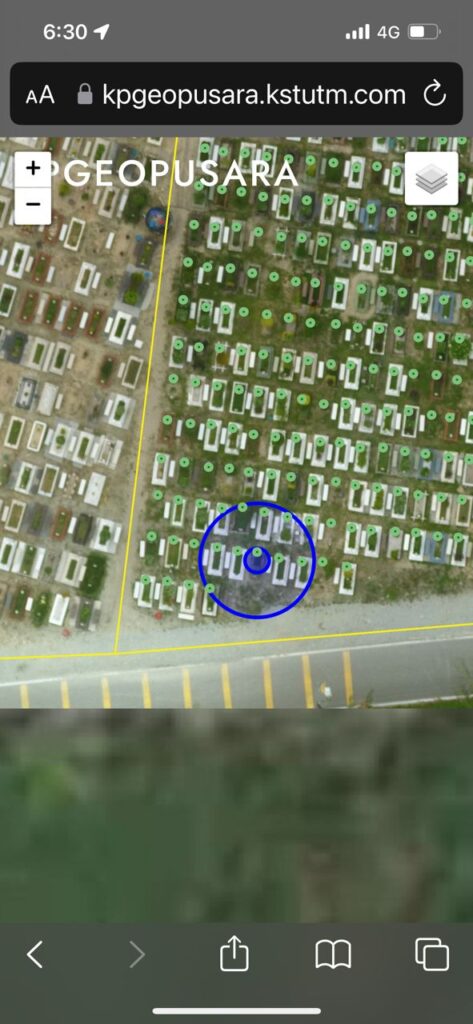By Shahabuddin Amerudin

Introduction
Consumer smartphones have become integral to our daily lives, offering a wide range of features and functionalities, including location-based services. The accuracy of location information provided by smartphones is crucial for navigation, mapping, and various location-dependent applications. In this article, we explore the general capabilities of consumer smartphones in achieving location accuracy and the factors that influence it.
GPS Technology and Accuracy
Global Positioning System (GPS) is a widely used positioning technology in smartphones. With high-quality GPS receivers, smartphones can achieve location accuracy within a few meters under ideal conditions. GPS relies on signals from satellites orbiting the Earth to determine precise location coordinates.
GNSS Capabilities
Many modern smartphones support multiple Global Navigation Satellite Systems (GNSS), including GPS, GLONASS, Galileo, and BeiDou. GNSS-capable smartphones have the advantage of accessing signals from multiple satellite constellations, enhancing location accuracy. By leveraging a combination of satellite signals, smartphones can achieve improved accuracy and reliability, particularly in challenging environments.
Assisted Positioning Techniques
Smartphones often employ assisted positioning techniques such as Assisted GPS (A-GPS) or Assisted GLONASS (A-GLONASS). These techniques leverage cellular networks or Wi-Fi data to assist in determining the user’s location. By utilizing additional data sources, smartphones can enhance positioning speed and accuracy, especially in urban environments or when GPS signals are weak or obstructed.
Sensor Fusion for Improved Accuracy
Sensor fusion technologies play a crucial role in enhancing location accuracy. By integrating GPS data with information from other sensors like accelerometers, gyroscopes, or magnetometers, smartphones can improve accuracy and stability. Sensor fusion allows smartphones to compensate for temporary signal loss, obstructions, or other limitations, resulting in more reliable location information.
Network-Based Positioning
In addition to satellite-based positioning, smartphones can utilize network-based methods such as Wi-Fi positioning or cell tower triangulation. When GPS signals are weak or unavailable, these techniques estimate the user’s location based on Wi-Fi network information or signals from nearby cell towers. While network-based positioning provides coarser accuracy within tens to hundreds of meters, it serves as a valuable backup when satellite signals are limited.
Factors Affecting Location Accuracy
Location accuracy in smartphones can vary due to various external factors. The availability of satellite signals, environmental conditions, signal interference, and the specific hardware and software capabilities of the smartphone all influence accuracy. Additionally, smartphone manufacturers may employ proprietary technologies or algorithms to optimize location accuracy in their devices, resulting in varying performance across different models.
Determining Location Accuracy
To determine the precise location accuracy of a particular smartphone model, it is best to refer to the specifications provided by the manufacturer. However, independent tests and reviews that evaluate the device’s performance in real-world scenarios can provide valuable insights. These tests assess factors such as accuracy under different conditions, signal acquisition time, and performance in challenging environments.
Conclusion
Consumer smartphones on the market today offer varying levels of location accuracy, ranging from a few meters to sub-meter accuracy under optimal conditions. By leveraging GPS, GNSS capabilities, assisted positioning, sensor fusion, and network-based methods, smartphones strive to provide accurate location information. However, it’s important to consider external factors and individual device capabilities that can impact accuracy. Regular advancements in smartphone technology continue to enhance location accuracy, contributing to improved user experiences and the growth of location-based applications in our daily lives.
Suggestion for Citation: Amerudin, S. (2023). Understanding Location Accuracy in Consumer Smartphones. [Online] Available at: https://people.utm.my/shahabuddin/?p=6527 (Accessed: 6 July 2023).

